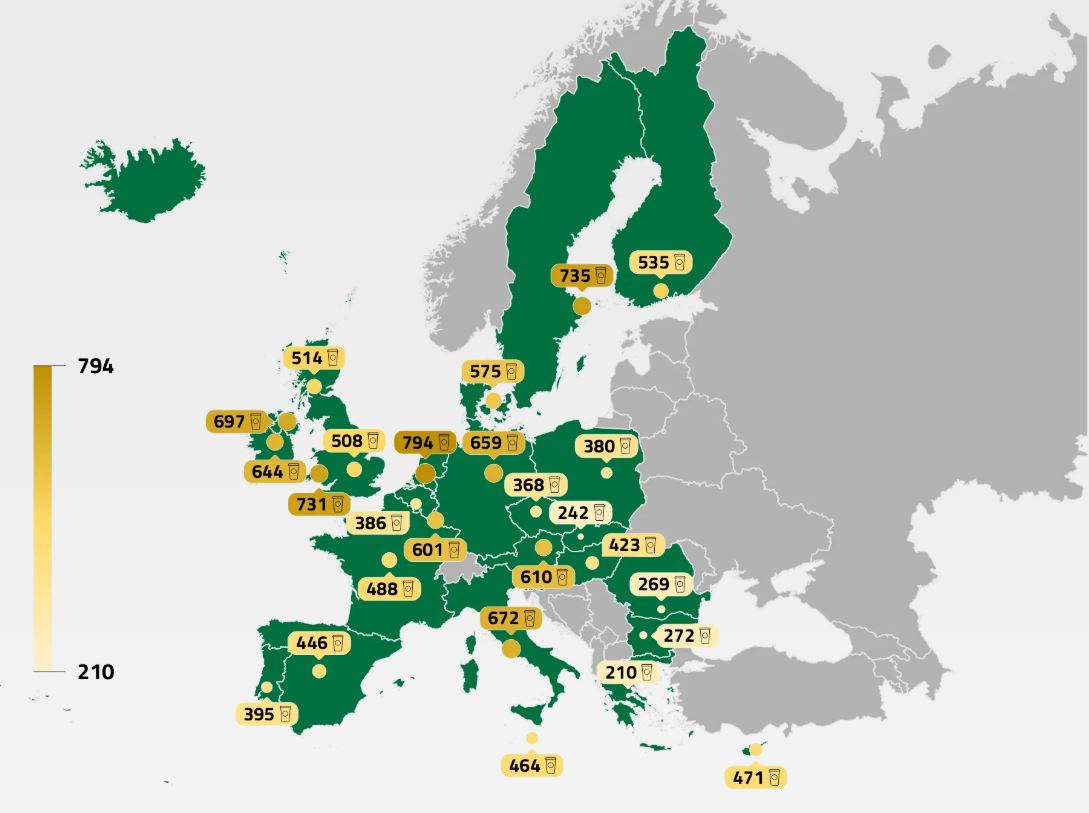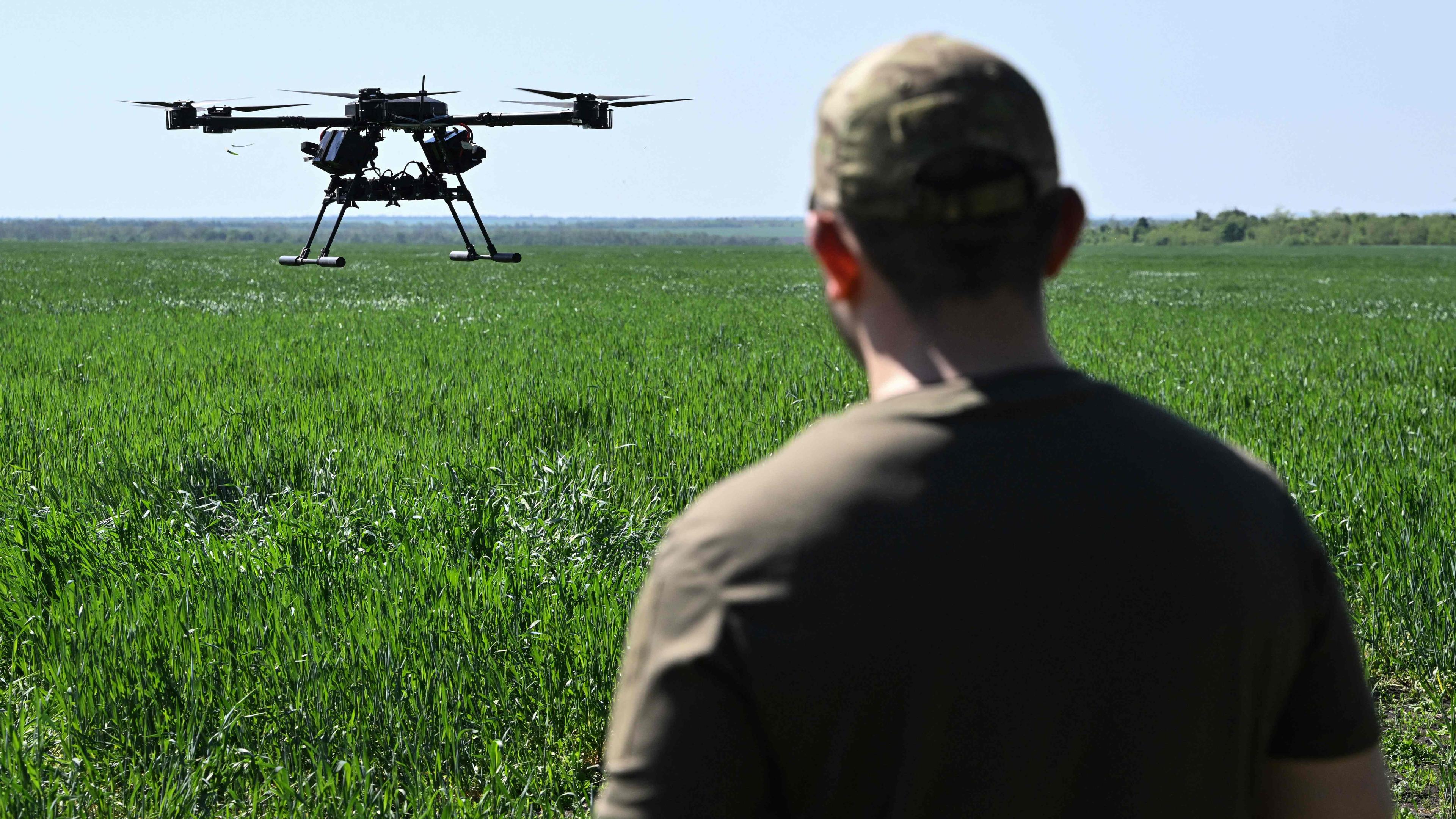Serious obesity: in Italy over 100,000 children at risk. New care approaches and how to prevent it

Serious obesity in evolutionary age is associated with very serious risks. The boys who suffer from it have a reduction in life expectancy of even over 15 years compared to their normopedian peers, but there are also risks in the short time
That Childhood obesity in Italy is assuming increasingly critical contours The numbers say it. We are at first places in Europe both in the age group between 5 and 9 years with 42 percent of the small overweight or obese, and between 10 and 19 years, with 34 percent of teenagers (source European regional obesity report of the World Health Organization). The consequences are dramatic, they range from one reduced life expectancy to one greater probability of developing chronic diseases over time who impact on the quality of life. The more serious, early and persistent obesity, the more the risks increase. Returning to the numbers, more than 100,000 children, 2.6% of 8-9 years old (Source Superior Health Institute, Okkio to Health Surveillance System) suffer from severe obesity.
«Serious obesity in evolutionary age is associated with very serious risks. Even in the short term we talk about hypertensiontype 2 diabetes, dyslipidemia, fatty liver, but also anxiety, social isolation, low self -esteem. And the boys who suffer from it risk a reduction in life expectancy of even over 15 years compared to their normal -breasted peers, « he explains Claudio Maffeis, full professor of pediatrics at the University of Verona.
Severe obesity: how to recognize it
According to the definition shared by the main Italian pediatric scientific societies, we speak of serious obesity When The body mass index (BMI) exceeds the 99th percentile by age and sexaccording to the WHO parameters. The easiest risk indicator to be observed in the family is the Life/stature ratio: If the circumference of life exceeds half of the height, it is already a signal. If it exceeds 60%, the risk is very high. This indicator is valid for males and females aged 6 and over. It is up to the pediatrician to perform the diagnosis and prescribe any investigations, distinguishing between primitive obesity – the most frequent form – and secondary forms to genetic causes, drugs or pathologies. Alarm bells are the early debut (under 5 years), cognitive disorders, dysmorphisms and hyperphagia (i.e. an uncontrolled impulse to eat even in the absence of hunger).
How to prevent it
To prevent an overweight from turning into a chronic disease, the first step is do not wait. The delay the more the situation is complicated. According to a recent study, the intensive programs on lifestyle are able to Reduce BMI to over 50% of children between 6 and 9 years oldbut they have almost null effects in teenagers: only 2% of children between 14 and 16 years of age respond positively. «Age makes the difference. If we intervene between 6 and 9 years of age, we can really change children’s health trajectories – he underlines Rino Agostiniani, president of the Italian Society of Pediatrics -. This data confirms that early prevention is today the key to counteracting the increase in severe obesity and its consequences over time « .
Multidisciplinary approach
Regular controls from the pediatrician, attention to early signals, a healthy lifestyle in the family: these are the most effective weapons. Children learn by imitation: Active parents, who eat well and move, transmit a positive model to their children. And then there is a fundamental rule: do not improvise. No to drastic diets, no to « do it yourself » drugs. Serious obesity is a disease and as such it must be addressed, with multidisciplinary teams and specialized centers. It is important to contact only specialized centers for obesity where multi-professional therapy is guaranteed with follow-up. Diets and treatments not approved by the international pediatric or self -locking scientific societies are to be avoided.
The only prescription of diet and sport is not enough. There cognitive-behavioral therapyespecially if it involves the whole family, has shown that it is much more effective than only nutritional interventions because it helps to modify dysfunctional behaviors related to food and lifestyle, strengthening the motivation and the ability to face change.
TOteenagers from 12 years old, In the presence of serious obesity with complications or after the failure of other interventions, today a new therapeutic approach is also available in Italy: GLP1 receptor agonist drugs. These drugs help to regulate the sense of hunger and satiety and have proven effective in reducing weight and cardiometabolic risk factors – explains Maffeis -. But they must be prescribed only in specialized centers and within a structured and multidisciplinary path ».
5 things to know about severe obesity in children
- It affects over 100,000 minors in Italy
According to ISS data, 2.6% of children between 8 and 9 years old have an obesity classified as serious. - The risks are both physical and psychological
Children with severe obesity can develop hypertension, type 2 diabetes, dyslipidemia, liver steatosis, but also anxiety, isolation and low self -esteem. - First we intervene, the better it is
Between 6 and 9 years it is possible to obtain a reduction in BMI in more than half of the cases: an opportunity not to be missed. - Beware of the waisty
The life/stature ratio is a simple indicator: if the belly exceeds half of the stature, it is time to contact the pediatrician. - Where diet and sports are not enough
After 12 years, in the most complex cases, there are approved pharmacological therapies that must be prescribed in specialized pediatric centers.







